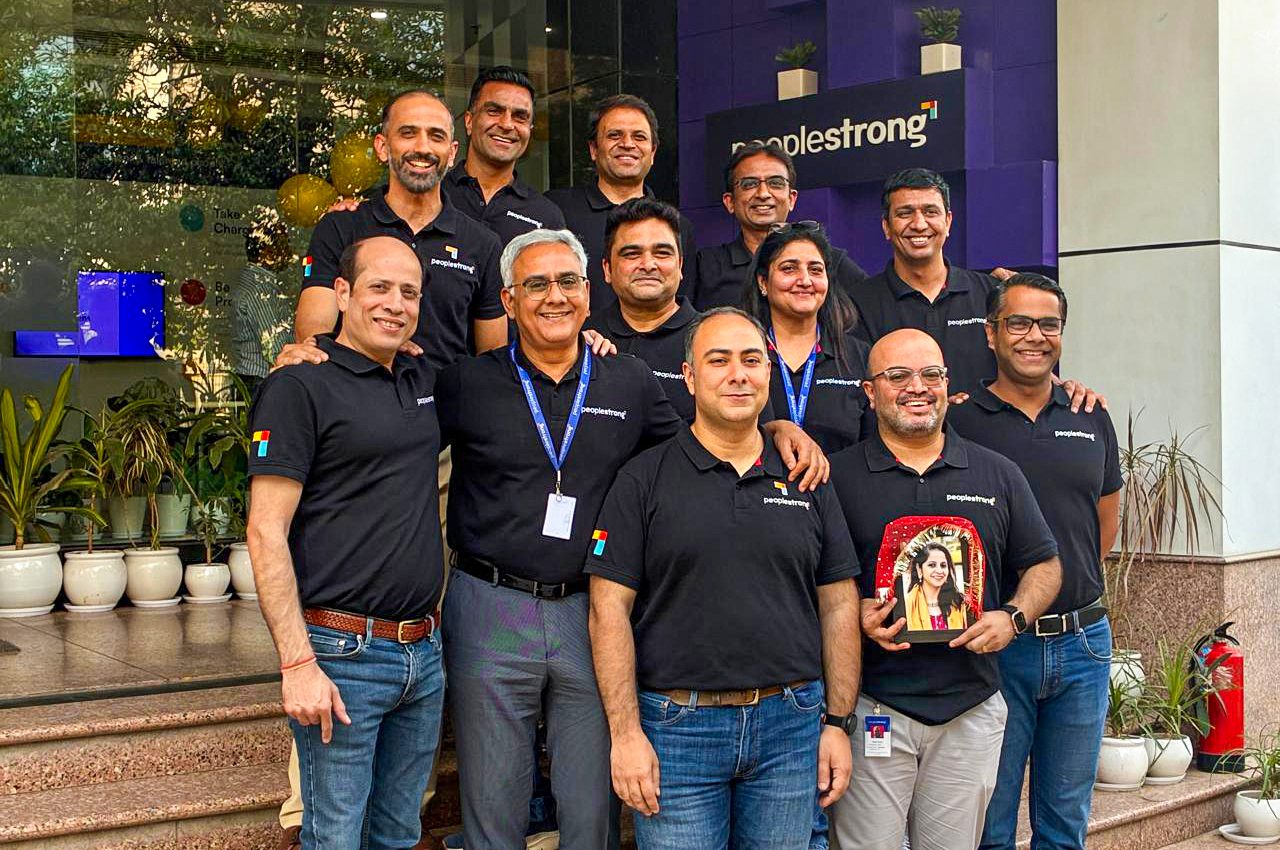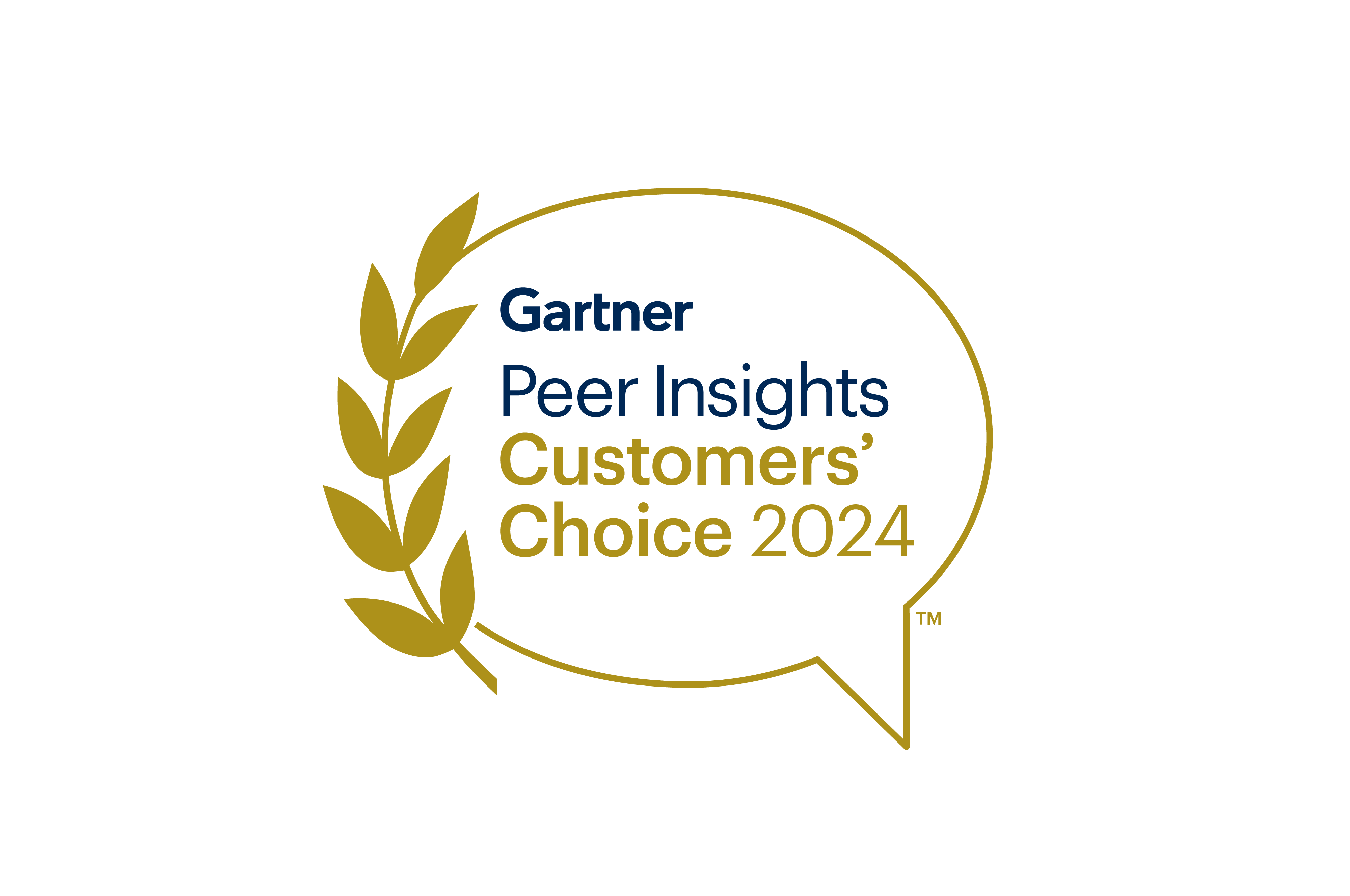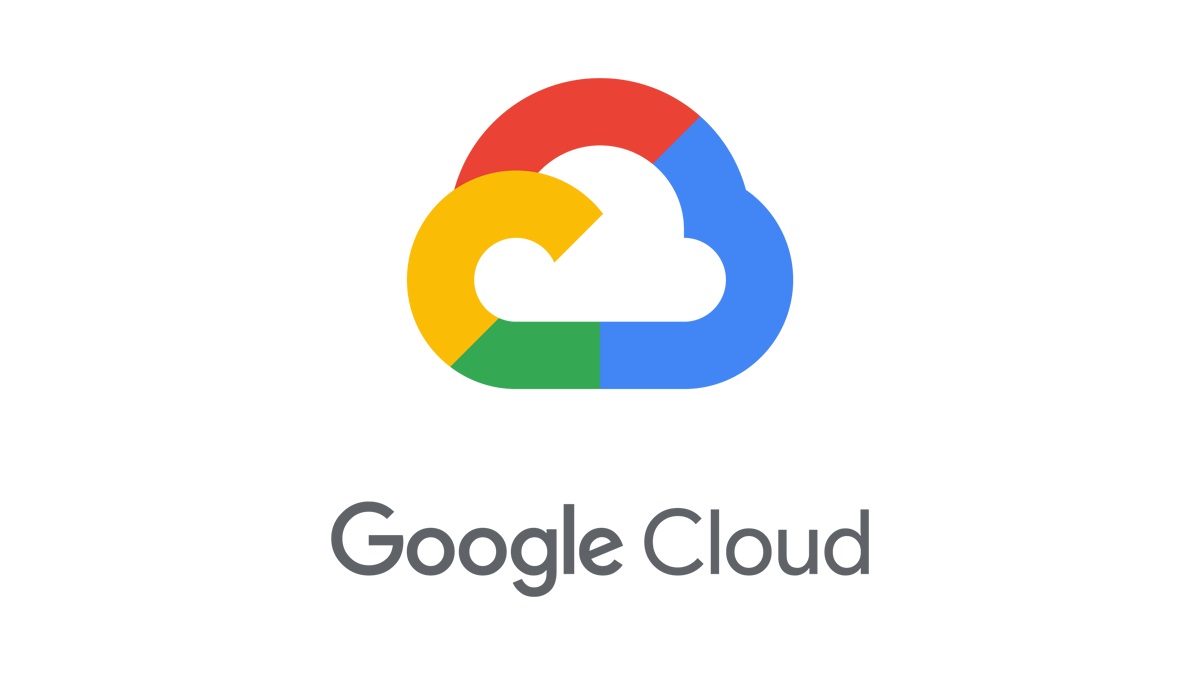Workforce planning helps businesses prepare for future talent needs while keeping operations efficient. It ensures the right people are in place to support long-term goals. Being proactive and deliberate about talent management is the bedrock of what great organizations are built on. Through methodical workforce planning, companies can anticipate shifts and take proactive steps.
Many businesses fail to plan effectively—McKinsey reports that 87% of executives face workforce gaps or expect them within five years, yet less than half have a structured strategy. Some industries, like healthcare and technology, face critical shortages. The U.S. Bureau of Labor estimates healthcare alone will need to fill over 2.4 million jobs by 2031, highlighting the need for long-term workforce planning.
Having said that, in this guide, we will cover essential strategies, a step-by-step workforce planning process, and best practices to build a strong workforce.
What is Workforce Planning?
Workforce planning ensures a company has the right people with the right skills at the right time. Instead of reacting to hiring needs as they come up, businesses take a structured approach to forecasting talent needs, identifying skill gaps, and building a team that supports long-term goals.
This process looks at current employees, future business demands, and external factors like market trends or industry shifts. By mapping out hiring, training, and retention strategies in advance, companies avoid last-minute staffing issues, reduce costs, and create a workforce that’s ready for growth.
At its core, workforce planning connects business priorities with talent management. It’s not just about filling positions—it’s about making sure employees are prepared to contribute to the company’s success while also growing in their careers.
Key Benefits of Workforce Planning
Workforce planning isn’t just another HR process—it’s a proactive approach to making sure your team is set up for long-term success. A strong workforce doesn’t happen by accident. It takes planning to align talent with business priorities, improve decision-making, and create a team that’s ready for whatever comes next.
1. Aligning Talent with Business Goals
A workforce that supports business priorities doesn’t come together overnight. The right people, in the right roles, at the right time—that’s what makes the difference. Companies often say, “Employees are the greatest asset,” but if those employees don’t have the skills needed to drive business growth, that statement falls flat.
Think of a soccer team struggling to score goals. Instead of signing a defender, they’d focus on getting a top striker. Workforce planning follows the same logic—it ensures hiring and development efforts are focused where they’re needed most.
2. Making Smarter Hiring and Development Decisions
Without a plan, hiring and training decisions can feel like educated guesses. Workforce planning removes the guesswork by providing data-driven insights into talent gaps, future hiring needs, and internal development opportunities. With a clearer picture of where the business is headed, leaders can allocate resources wisely, ensuring recruitment and training efforts align with long-term goals.
3. Increasing Productivity and Performance
Employees do their best work when they have the right tools, skills, and support. Workforce planning helps businesses identify skill gaps before they become performance issues.
When employees are placed in roles that match their strengths—and given the training they need—productivity naturally increases. This leads to better-quality work, smoother operations, and stronger business performance.
4. Strengthening Talent Management
Hiring the right people is only part of the equation. Retaining and developing talent is just as important. Workforce planning ties into performance management, talent assessments, and succession planning, helping businesses identify high-potential employees and create clear development paths.
Employees who see opportunities for growth are more likely to stay engaged, reducing turnover and strengthening the overall workforce.
5. Managing Costs Effectively
Hiring too many employees leads to unnecessary payroll costs, while hiring too few can slow down business operations. Workforce planning helps businesses find the right balance.
With a clear understanding of future talent needs, companies can reduce costs related to excessive hiring, last-minute recruitment, and unexpected layoffs. Instead of reacting to workforce challenges, they can plan ahead and optimize staffing levels.
6. Staying Prepared for Change
Business needs shift, industries evolve, and new challenges arise. Workforce planning gives companies the flexibility to adjust before they’re forced to. Whether it’s training existing employees for emerging roles or hiring talent with specialized skills, businesses that plan ahead can respond quickly to changes without scrambling for solutions at the last minute. This level of preparation reduces risk and keeps operations running smoothly, no matter what comes next.
Core Elements of an Effective Workforce Planning Strategy
A successful workforce planning strategy ensures businesses have the right people in the right roles at the right time. It requires a mix of forecasting, analysis, and proactive decision-making to address both immediate and long-term talent needs.
1. Workforce Demand Forecasting – Identifying Future Talent Needs
Organizations must anticipate how their workforce will need to evolve to meet future business objectives. Demand forecasting helps predict staffing needs based on company growth, industry trends, and technological advancements. A report by Deloitte highlights that companies using predictive workforce analytics see a 25% improvement in hiring accuracy.
2. Skills Gap Analysis – Assessing Current Workforce Capabilities
Many companies struggle to fill roles because their workforce lacks the necessary skills. A skills gap analysis evaluates employee competencies against future job requirements. The World Economic Forum estimates that 44% of workers’ core skills will change by 2027, making continuous upskilling a priority for businesses.
3. Workforce Supply Planning – Evaluating Internal and External Talent Pools
Companies need to assess whether they can meet future workforce needs through internal promotions, external hiring, or partnerships with educational institutions. This approach reduces reliance on last-minute recruitment and ensures a steady talent pipeline.
4. Technology Integration – Using HR Tools for Data-Driven Planning
HR software, AI-driven analytics, and workforce management tools improve decision-making by providing real-time insights into talent trends. Companies using AI-powered workforce planning tools report a 30% increase in workforce efficiency, according to a PwC survey.
5. Risk Management – Preparing for Workforce Disruptions and Talent Shortages
Unexpected workforce disruptions, such as economic downturns or rapid technological changes, can leave businesses vulnerable. A strong workforce planning strategy includes risk assessments, contingency plans, and cross-training initiatives to ensure business continuity.
Workforce Planning Process – A Step-by-Step Guide
A structured workforce planning process ensures that businesses remain prepared for future talent challenges while maintaining efficiency. Without a clear plan, organizations often struggle with skills shortages, recruitment delays, and leadership gaps. Following a systematic approach helps create a workforce that can support business growth and adapt to change.
Step 1: Defining Business Goals and Workforce Needs
A workforce strategy should begin with a clear understanding of business priorities. Whether a company is expanding operations, integrating new technologies, or restructuring, workforce planning ensures that the right people are in place to meet these demands.
Without this alignment, organizations risk hiring the wrong talent or underestimating the skills required for future success.
Step 2: Analyzing Current Workforce Capabilities
Assessing the existing workforce helps identify strengths and areas that require development. Companies often discover that some employees are underutilized, while others may need additional training to keep up with changing job requirements.
Understanding these gaps enables better decision-making when it comes to recruitment, training, and internal promotions.
Step 3: Identifying Future Workforce Trends and Risks
Businesses operate in an environment where industry demands, job roles, and required skill sets evolve continuously. Workforce planning involves looking ahead and anticipating shifts that could affect hiring needs.
Organizations that recognize emerging trends early can adapt more effectively, ensuring they remain competitive even during periods of rapid change.
Step 4: Developing Workforce Strategies (Hiring, Upskilling, Reskilling, Automation)
To build a workforce that supports business objectives, organizations must determine the best approach to filling talent gaps. This may involve hiring new employees, reskilling the current workforce, or incorporating automation where it enhances efficiency. Companies that prioritize continuous learning and development create a workforce that is more adaptable and future-ready.
Step 5: Implementing Workforce Plans and Monitoring Progress
A well-designed workforce strategy is only effective if it is executed properly. Businesses must ensure that hiring plans, training programs, and role adjustments are carried out efficiently. Regular monitoring helps assess whether the workforce plan is achieving its intended outcomes or if adjustments are needed.
Step 6: Reviewing and Adapting Strategies as Needed
Workforce planning is not a one-time effort—it must evolve as business needs change. Organizations that continuously assess their workforce strategy are better positioned to handle unexpected challenges.
Whether it’s a shift in market conditions, an industry disruption, or a change in leadership, businesses that remain flexible in their approach can maintain long-term stability.
Workforce Planning Tools and Technologies
Having the right tools in place makes workforce planning easier, more accurate, and far less stressful. Businesses that rely on data-driven solutions can spot hiring trends, track employee performance, and plan for future talent needs without making last-minute decisions.
Companies using workforce planning tech have seen hiring costs drop by 20% and retention improve, according to PwC.
1. AI-Powered Workforce Analytics
AI isn’t just for customer service and chatbots—it’s changing the way companies manage their workforce too. AI-driven analytics dig through workforce data to uncover hiring patterns, predict turnover risks, and flag skill gaps before they become a problem.
Deloitte found that businesses using AI in workforce planning make 35% better decisions and avoid sudden talent shortages by acting before issues arise.
2. Predictive Modeling for Workforce Trends
A business that only reacts to workforce challenges instead of predicting them will always be playing catch-up. Predictive modeling takes past workforce data, industry trends, and market shifts into account to forecast hiring needs. That means fewer hiring delays, better resource allocation, and fewer surprises.
PwC reports that companies using predictive workforce analytics cut hiring delays by 25% and stay ahead of workforce disruptions.
3. HR Software for Talent Management
Keeping track of employees, open roles, and training needs is a challenge without the right tools. HR software makes this process smoother by automating hiring, tracking employee performance, and mapping out career development plans.
The Society for Human Resource Management (SHRM) found that businesses using HR software boost workforce efficiency by 25%, making it easier to plan for growth without the guesswork.
4. Workforce Planning Dashboards and Reporting Tools
Making workforce decisions without real-time data is like driving blindfolded. Workforce planning dashboards give HR teams a clear view of employee performance, turnover rates, and upcoming hiring needs. These tools provide instant reports that help businesses adjust hiring plans and training programs as needed.
Companies using workforce analytics dashboards improve workforce planning accuracy by 30%, ensuring they always have a talent strategy in place.
Best Practices for Workforce Planning Success
A strong workforce planning strategy doesn’t happen overnight. It takes the right mix of data, collaboration, and flexibility to keep up with shifting business needs. Companies that approach workforce planning with a structured, long-term mindset build teams that are adaptable, skilled, and ready for future challenges.
1. Using Data and Analytics for Better Decision-Making
Hiring and workforce planning shouldn’t be based on gut feelings. Businesses that rely on real-time data can make informed decisions about hiring, training, and retention. Tracking workforce trends, predicting turnover, and spotting skill gaps early helps avoid last-minute staffing problems and keeps operations running smoothly.
2. Aligning Workforce Planning with Long-Term Business Goals
Hiring decisions need to support where the company is headed, not just immediate needs. If a business plans to expand, adopt new technology, or restructure, its workforce planning strategy should reflect that. Keeping workforce planning connected to business goals ensures hiring, training, and internal promotions all contribute to long-term success.
3. Creating a Culture of Continuous Learning and Skill Development
The skills employees have now won’t always be enough to meet future demands. Businesses that focus on upskilling and reskilling their teams build a more resilient workforce. Employees who see growth opportunities stay engaged and are more likely to stick around, reducing turnover and strengthening internal talent pipelines.
4. Collaborating Across Departments for Seamless Execution
Workforce planning works best when HR teams, department leaders, and senior management work together. A well-rounded strategy considers hiring needs, budget constraints, and future talent development. When different teams collaborate, businesses can anticipate staffing needs more accurately and avoid talent shortages.
5. Regularly Reviewing and Refining Workforce Plans
A workforce plan that made sense last year might not work now. Businesses that regularly review hiring plans, workforce data, and industry trends can adjust before problems arise. Workforce planning isn’t a one-time effort—it’s an ongoing process that needs to evolve with the business.
Common Workforce Planning Challenges and Solutions
Even the best workforce planning strategies come with obstacles. Companies often face data issues, resistance to change, and the challenge of balancing immediate hiring needs with long-term goals. Here’s how businesses tackle some of the most common workforce planning challenges.
1. Lack of Accurate Data and Forecasting Limitations
Many organizations struggle with incomplete or outdated workforce data, making it hard to predict hiring needs. Without reliable insights, workforce planning becomes reactive instead of proactive.
The solution?
Businesses invest in HR software and AI-driven analytics to track workforce trends, employee performance, and talent gaps in real time. This ensures decisions are based on facts, not guesswork.
2. Resistance to Change Within the Organization
Workforce planning often requires shifts in hiring, training, or resource allocation, which some employees and leaders resist. Change management is key—companies that communicate the benefits of workforce planning and involve department heads early in the process see better adoption and smoother transitions.
3. Balancing Long-Term Workforce Planning with Immediate Hiring Needs
Businesses sometimes get caught up in short-term hiring demands and overlook future workforce needs. This results in frequent hiring surges and workforce imbalances.
To fix this, companies integrate short-term hiring goals into a broader workforce strategy, ensuring that recruitment decisions support long-term growth instead of quick fixes.
4. Managing Workforce Diversity and Inclusion
A diverse workforce improves innovation, decision-making, and overall business performance, but many companies struggle to build inclusive hiring strategies.
Workforce planning helps organizations set diversity goals, track progress, and create targeted hiring and development programs that ensure equal opportunities across all levels.
Conclusion
Workforce planning helps businesses build a strong, adaptable team that supports long-term goals. A structured approach allows companies to anticipate workforce needs, close skill gaps, and develop a talent pipeline that keeps operations running smoothly.
Aligning hiring with business strategy ensures employees have growth opportunities while preventing last-minute staffing issues. Businesses that regularly review and adjust their workforce plans stay prepared for industry shifts and unexpected challenges.
A successful workforce planning strategy requires ongoing adjustments, collaboration across departments, and a mix of data and technology. Companies that treat workforce planning as a continuous process position themselves for long-term success.
FAQs
How is workforce planning different from HR planning?
Workforce planning focuses on forecasting talent needs, identifying skill gaps, and aligning staffing strategies with business goals. HR planning covers a broader scope, including policies, employee benefits, compliance, and overall workforce management.
How often should workforce plans be updated?
Workforce plans should be reviewed at least once a year. However, businesses facing rapid growth, industry shifts, or talent shortages may need to update their plans more frequently to stay aligned with changing workforce demands.
What industries benefit the most from workforce planning?
Industries with fast-changing workforce needs, such as healthcare, technology, finance, and manufacturing, gain the most from structured workforce planning. Any business that wants to maintain a steady talent pipeline and reduce hiring disruptions can benefit from it.
Can small businesses implement workforce planning effectively?
Yes, workforce planning isn’t just for large corporations. Small businesses can use basic workforce planning strategies, such as tracking skill gaps, anticipating hiring needs, and investing in employee development, to maintain a strong workforce without unnecessary costs.
What role does HR technology play in workforce planning?
HR technology simplifies workforce planning by providing data-driven insights, tracking workforce trends, and automating hiring and talent management processes. Tools like AI-powered analytics, HR software, and predictive modeling help businesses make informed workforce decisions.












